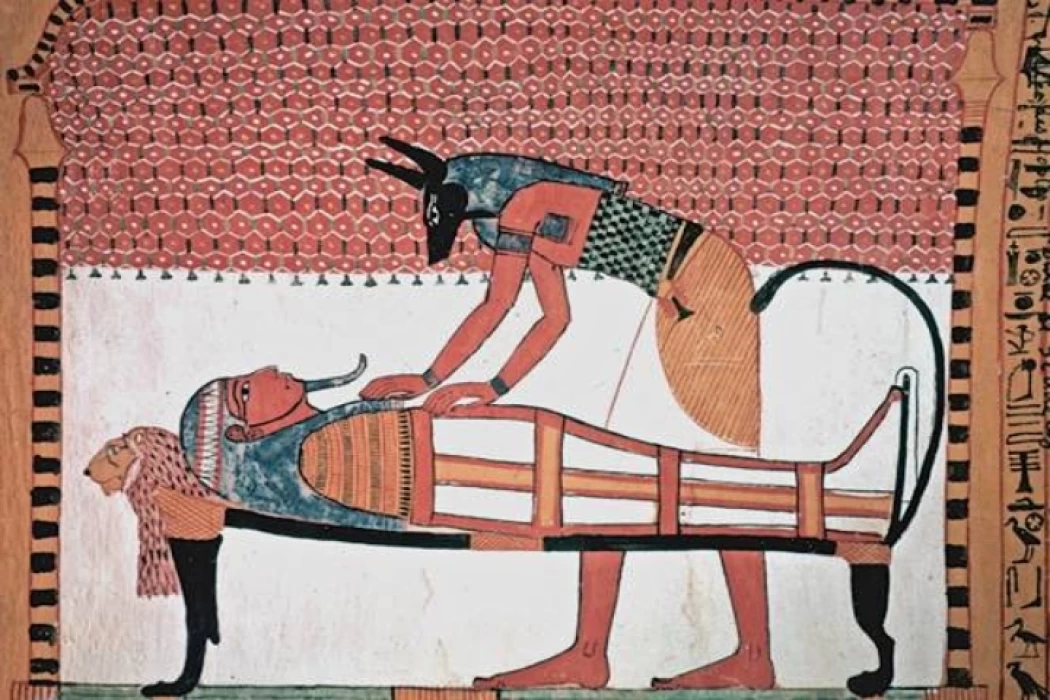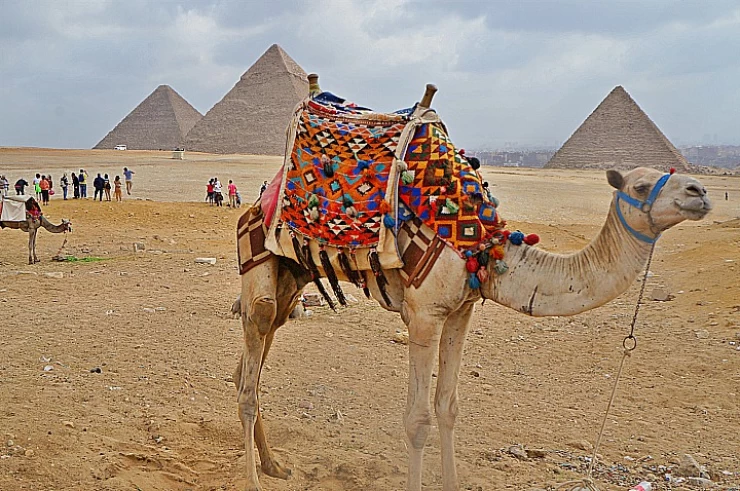
Mafdet diosa del juicio
¿Por qué es famosa la diosa Mafdet?
La diosa Mafdet era representada con la forma de un cuerpo humano completo, salvo que la ropa que llevaba era más parecida a la piel de un gato, que era su animal sagrado. Hagamos un recorrido único por Egipto para explorar una variedad de símbolos egipcios de la época faraónica.
El ídolo «Matt» se representaba en forma de leopardo o gato salvaje, que descubrirá durante las excursiones de un día por Egipto. Westendorf cree que su nombre significa: (la doncella, o: la corredora). Aparece en los textos ya que elimina a los enemigos del dios del sol. Le animo a reservar nuestras excursiones de un día a Luxor para descubrir los secretos de la diosa Mafdet en el antiguo Egipto. Encontrará muchos lugares de entretenimiento que podrá visitar, como el templo de Karnak, el templo de Luxor del Valle de los Reyes y mucho más.
Moafedt estaba asociada con la diosa Seshat (la diosa de la escritura), y se dice que es su gemela. También se la asociaba con la diosa «Nebt-Hat» (Neftis), ya que ambas eran representadas en forma de gato como protectoras del dios Sol.
Y la diosa «Mafdet» llevaba el título: (Señora de la Casa de la Vida), que tomó de «Neftis», la protectora del palacio real. Si es usted una persona imaginativa y le interesa descubrir lugares históricos durante sus viajes a Egipto, le recomiendo que se dirija a las excursiones de un día a Asuán. Hay muchas cosas disponibles para divertirse, como el templo de Philae, el poblado nubio y mucho más.
Explorar el poder de Mafedt durante los viajes clásicos a Egipto se asociaba con el poder sexual en el más allá; también se consideraba una fuerza castigadora, ya que se asociaba con una máquina utilizada en las ejecuciones, y esto concuerda con la naturaleza de esta diosa rebelde y vengativa. Matt tiene un poder mágico contra las serpientes, ya que son ellas las que las devoran. Y mostraba hostilidad hacia el ídolo «Sit», y uno de los textos lo menciona: (Oh «Mafdet», desgarra la boca de todo enemigo).
The goddess Mafdet was depicted in the form of a complete human body, except that her clothing, which she wore, was more like the skin of a cat, which was her sacred animal. Let's go on a unique Egypt tours to explore a variety of Egyptian symbols in the pharaonic era.
And the goddess "Mafdet" bore the title: (Lady of the House of Life), which she took from "Neftis", the protector of the royal palace. If you are an imaginary person and interested in discovering historical places during your Egypt travel packages, I recommend heading to Aswan day tours. There are many things available for fun, such as the Philae temple, the Nubian village, and more.
Exploring the power of Mafedt during Egypt classic tours was associated with sexual power in the afterlife; It was also considered a punishing force, as it was associated with a machine used in executions, and this is consistent with the nature of this rebellious and vengeful goddess. Matt has magical power against snakes, as they are the ones that devour them. And she showed hostility to the idol "Sit", and one of the texts mentions that: (Oh "Mafdet", tear the mouth of every enemy).
Moafedt was associated with the goddess Seshat (the goddess of writing), and it is said that she is her twin. She was also associated with the goddess "Nebt-Hat" (Neftis), as both of them were depicted in the form of a cat as a protector of the sun god.
Mafdet in Egyptian mythology: Goddess of justice and protector of the pharaohs
Mafdet, who is renowned for her quickness and effectiveness, is viewed as a tenacious opponent of snakes and scorpions, which were symbols of chaos and evil. She represents the instantaneous retribution of offenses against the established order as the goddess of divine justice.
Because of her capacity to shield both the living and the dead from both visible and unseen threats, Mafdet was highly regarded by the ancient Egyptians... In addition to being a guardian, she represents the power of divine law and vengeance against anyone who would jeopardize the kingdom's sacred equilibrium.















